News
Our Top Story
University of Warwick to award honorary degrees to leading figures in medicine, the arts, and industry
Recognising exceptional achievement, University of Warwick presents honorary degrees at January graduations.
Our Latest News
Researchers publish new guide to measuring spacetime fluctuations
University of Warwick-led study shows how tabletop devices could uncover the fundamental texture of the universe.
Body-focused teens more likely to experience anxiety and depression at 20, Warwick study finds
A new University of Warwick study finds that young women who diet and exercise constantly are at greater risk of mental health difficulties by age 20.
University of Warwick’s University Explorers programme Highly Commended at national awards
The University of Warwick’s University Explorers programme has received national recognition with a Highly Commended award for its work widening access to higher education for looked-after children.
Three new EPSRC Open Fellowships awarded to University of Warwick researchers
Prof James Sprittles, Dr Fredrik Schaufelberger and Dr. Alex Baker have been awarded exciting EPSRC Open Fellowships, each worth over £1M, to progress their research over the next five years.
Researchers publish first comprehensive structural engineering manual for bamboo
University of Warwick engineers have led the creation of a significant milestone manual for bamboo engineering, in the hopes of driving the low-carbon construction sector
University of Warwick and the Vrije Universiteit Brussel fund new collaborative research
This new fund harnesses the combined strengths of both institutions, seeking innovative solutions to challenges that face societies around the world.
The Cosmic Seesaw: Black holes eject material as winds or jets, but not both at once
Astronomers at the University of Warwick have discovered that black holes don’t just consume matter — they manage it, choosing whether to blast it into space as high-speed jets or sweep it away in vast winds.
Unexpected mysterious shockwave found around dead star
University of Warwick astronomers have helped discover a beautiful yet mysterious shock wave around a dead star – a completely unexpected discovery.
Warwick astronomer wins prestigious Royal Astronomical Society Award
Dr. Ingrid Pelisoli has been awarded the 2026 Fowler Award for her noteworthy early career contribution to astronomy
University of Warwick launches spin-out VerIQ Limited, a new medtech clinical trials accelerator
The new company is designed to accelerate the design, initiation and delivery of Medtech clinical research.
New study overturns long-held model of how plants coordinate immune responses
University of Warwick researchers discover rapid, jasmonate-driven, early immune response in plants using breakthrough live-imaging tool.
Historic buildings rival forests and lakes for scenic beauty
Historic buildings can enhance the ‘scenicness’ of cities to a degree comparable with natural features, according to a study from University of Warwick and University of Nottingham
Our Latest Expert Comment
Find an Expert
Our experts are available for interview on all the latest news stories.
In The Conversation...
What are our academics talking about?
Read the latest articles by Warwick academics published in The Conversation.
Our Press Team
We are available during both standard 9-5 hours and out-of-hours.
Beauchamp, Kat
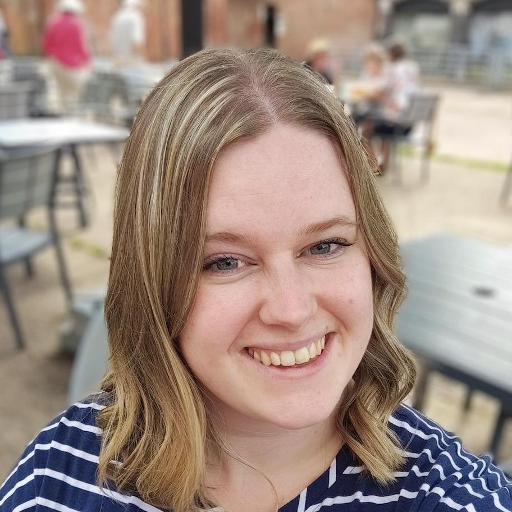
Kat Beauchamp
She/her
Communications Manager (Media Relations)
Manages the Press Team and any external media relating to International and Strategic Projects. Get in touch about how our team can help you, media training, and broadcast media.
Baylis, Ann
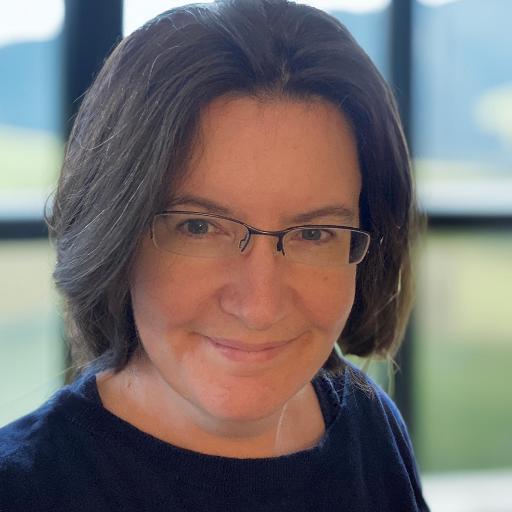
Ann Baylis
She/her
Media & Communications Officer
Shining a media spotlight on Arts & Humanities, amplifying our achievements to a global audience.
All things rural! Married to a farmer. Keeps horses & dogs. Super-keen gardener. Likes making stuff.
Higgs, Matt
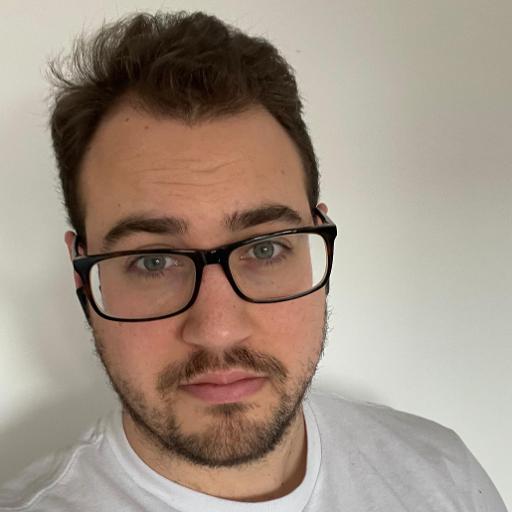
Matt Higgs
He/him
Media & Communications Officer (Science)
Working with our scientists and STEM faculty, I amplify Warwick’s science stories in the media, showcasing the university as a place of innovation and discovery.
Things I love: Hiking, Dogs, Books (fiction and non-fiction), Films, Exercising
Connell, Steve
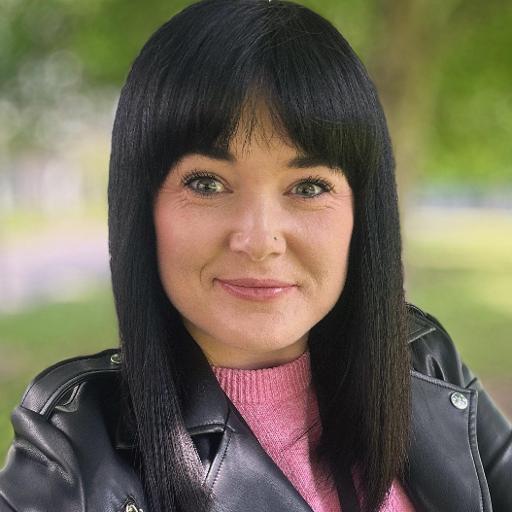
Stevie Connoll
She/her
Media & Communications Officer
At Warwick, I help share the stories that bring our University to life, focusing on regional connections, building our brand, and showcasing why campus is such a great place to be.
Outside of work, I’m a busy mum who loves the gym, Grey’s Anatomy re-runs, and a big jar of Nutella!
Barker, Dom
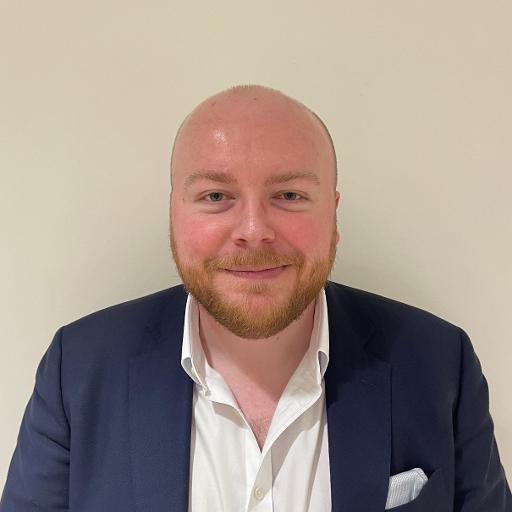
Dom Barker
He/him
Media & Communications Officer
Dom handles press relations for politics, law, and economics, as well as corporate matters.
I'm interested in US politics (think The West Wing), and play table tennis as often as possible!


Dr David Wright and Dr Heidi Ashton on the Hodge review of the Arts Council England
Dr Nikhil Datta on the Budget announcement of a new High Value Council Tax Surcharge ('Mansion Tax')
Dr Freya Harrison on Government plans to phase out animal experiments
Dr Shonali Banerjee on US election results
Dr Adriano Lameira & Dr. Ani Permana pay tribute to Dame Jane Goodall
Professor Thiemo Fetzer responds to the Government’s “Pride in Place” agenda